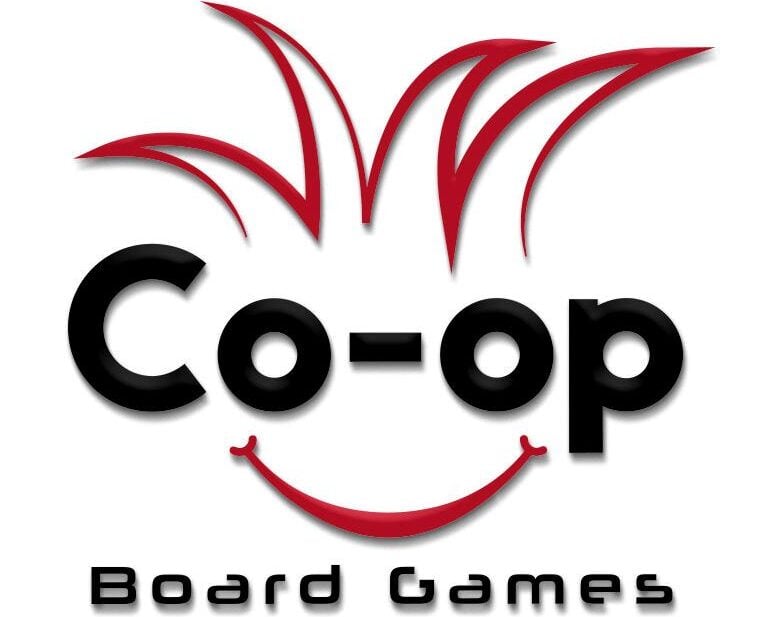The Science of ‘Flow’: Achieving Peak Performance and Happiness
Have you ever been so absorbed in a task that the world around you seems to fade away? Hours feel like minutes, your focus is absolute, and the work itself feels rewarding. This isn’t just a random burst of productivity; it’s a scientifically recognized state of consciousness known as “flow.”
Coined by psychologist Mihaly Csikszentmihalyi, flow is the mental state of being fully immersed in an activity with energized focus, full involvement, and enjoyment.
For high-performing professionals and entrepreneurs, understanding how to intentionally access this state isn’t just a luxury—it’s a powerful tool for unlocking creativity, accelerating learning, and achieving peak performance.
By understanding the science behind flow, you can learn to create the conditions necessary to enter it more consistently.
What Is the ‘Flow State,’ Exactly?
Csikszentmihalyi described flow as the “optimal experience,” where a person’s skills are perfectly matched to the challenge at hand. It’s the sweet spot where the task is difficult enough to be engaging but not so hard that it causes overwhelming stress.
This deep immersion is a powerful driver in human activity, and it’s a state that many entertainment industries are built around. Activities designed to capture our full attention, from complex video games to the focused experience at a place like runa, are masters at creating environments conducive to flow.
They achieve this by providing clear goals, immediate feedback, and a sense of control that makes the experience intrinsically rewarding. The goal for professionals is to borrow these principles and apply them to meaningful work.
This transforms work from a series of tasks into an engaging and fulfilling challenge.
The Neuroscience Behind Being ‘In the Zone’
When you’re in a flow state, your brain undergoes significant changes. It’s not just a feeling; it’s a measurable neurological event that optimizes your mind for high performance. Two key processes are at the heart of this transformation.
Transient Hypofrontality
This is a fancy term for a simple idea: parts of your prefrontal cortex—the area of your brain responsible for self-criticism, planning, and abstract thought—temporarily quiet down. This is why your inner critic vanishes and you stop second-guessing yourself while in flow.
This quieting of the conscious mind allows more implicit, subconscious brain regions to take over, leading to more creative and novel solutions without the usual mental filters.
A Cascade of Neurochemicals
Your brain is also flooded with a potent cocktail of performance-enhancing neurochemicals. This includes:
- Norepinephrine and Dopamine: These heighten your focus, improve information processing, and make the experience feel rewarding.
- Anandamide: Known as the “bliss molecule,” it promotes creative thinking by helping your brain form connections between disparate ideas.
- Endorphins: These natural pain-relievers create a feeling of euphoria and block out distractions.
This neurochemical bath not only improves your performance in the moment but also makes the entire experience highly pleasurable.
The Conditions for Cultivating Flow
Flow doesn’t just happen by accident. According to Csikszentmihalyi’s research, several key conditions must be met for it to occur.
The table below illustrates the relationship between the challenge of a task and your skill level, showing how flow emerges from a perfect balance.
| High/Low Skill | High Challenge | Low Challenge |
| High Skill | Flow | Boredom |
| Low Skill | Anxiety | Apathy |
As the table shows, if a task is too easy for your skill level, you become bored. If it’s too difficult, you become anxious. Flow exists only when the challenge pushes your skills to their limit.
To create this balance, you need to structure your activities around a few core principles.
- Set Clear Goals: You must know exactly what you are trying to achieve from one moment to the next.
- Receive Immediate Feedback: You need to be able to see the results of your actions right away, allowing you to adjust your approach in real-time.
- Balance Challenge and Skill: The task must feel demanding but achievable.
- Eliminate Distractions: Deep concentration is required, so interruptions are the enemy of flow.
By engineering these conditions into your work, you can dramatically increase your chances of entering a flow state.
Your Blueprint to Engineer Peak Performance
Moving from theory to practice is about intentionally designing your workday to invite flow. It’s about taking control of your environment and your tasks to create the optimal conditions for deep focus.
Start by identifying a single, important task that requires your full concentration. Then, block out a 90-minute window in your calendar where you can work on it without interruption.
Finally, follow this step-by-step process to create your own blueprint for achieving flow.
- Define a Micro-Goal: Break your task into a small, clearly defined objective you can achieve in the 90-minute session.
- Go Offline: Turn off email notifications, put your phone in another room, and close all unnecessary browser tabs. Create a fortress of solitude.
- Prime Your Brain: Spend the first five minutes warming up. Review your goal, look over relevant materials, and prepare everything you need so you don’t have to break your concentration later.
- Engage and Adjust: As you work, pay attention to the feedback. Is the task too easy? Add a constraint, like a shorter deadline. Is it too hard? Break it down into even smaller steps.
By consistently applying this framework, you can train your brain to enter a state of flow more reliably. This won’t just make you more productive; it will make your work more engaging, creative, and ultimately, more fulfilling.


